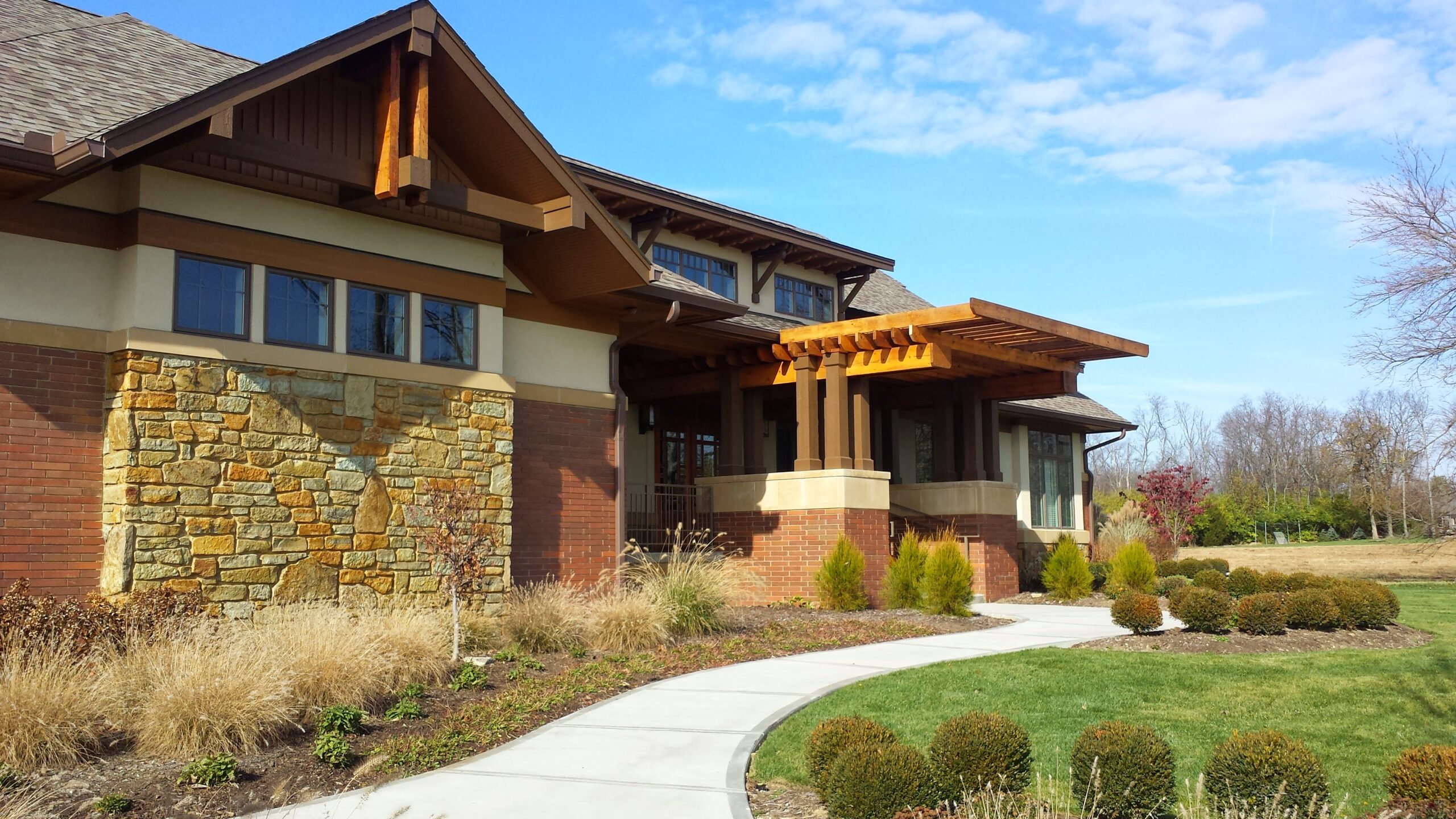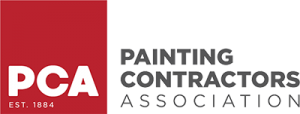You’re ready to repaint your home’s exterior. Maybe the color’s faded, the finish is peeling, or it’s just time for a fresh look. But if your house in Miamisburg was built before 1978, there’s a hidden hazard you can’t afford to overlook: lead-based paint.
What many homeowners don’t realize is that painting over lead paint without proper preparation doesn’t fix the problem — it often makes it worse. Lead isn’t just a nuisance; it’s a toxin. Disturbing it during scraping, sanding, or prep work can release poisonous dust into your air, soil, and living space.
In this blog, we’ll walk you through exactly what to do if you suspect lead paint on your home’s exterior. From testing to removal and repainting, we’ll give you the facts — and steps — to get it done safely, correctly, and in compliance with current regulations.
Why Lead Paint Is Dangerous
What Is Lead Paint?
Lead-based paint was widely used before the U.S. banned it in residential construction in 1978. Its benefits were hard to beat at the time — it dried quickly, resisted moisture, and maintained its color longer than other paints. Unfortunately, the hidden cost was its toxicity.
Health Risks Associated with Lead Paint
Lead poisoning doesn’t happen overnight, but the effects can be lifelong. Children are especially at risk because their developing brains and bodies absorb lead more easily. Even small amounts can cause:
-
Developmental delays
-
Behavioral issues and learning disabilities
-
Lower IQ and attention problems
-
Hearing loss
-
Kidney damage
Adults aren’t immune either. Prolonged exposure can result in high blood pressure, memory loss, joint and muscle pain, and complications during pregnancy.
How Lead Paint Becomes Hazardous
Lead paint becomes dangerous the moment it starts to break down. As it peels, chips, or is sanded, it releases microscopic lead particles that can linger in the air, settle on surfaces, or mix into the soil. These particles are easily inhaled or ingested, especially by children who play outdoors or touch contaminated surfaces and then put their hands in their mouths.
How to Identify Lead Paint on Your Home’s Exterior
Identifying Lead Paint in Older Miamisburg Homes
Miamisburg is home to many beautiful historic residences, some dating back to the 19th and early 20th centuries. If your home was built before 1978, you should assume there is at least a possibility that lead paint is present, especially on wood siding, trim, or window frames.
Signs That May Indicate Lead Paint:
-
Your home is older than 45 years
-
Exterior paint appears chalky, cracked, or bubbling
-
Multiple paint layers are visible beneath peeling surfaces
-
You’ve never had the home professionally tested
Testing for Lead Paint
DIY Lead Test Kits
These are available at most home improvement stores in and around Miamisburg. You simply swab the area and check for a color change. These kits are affordable and easy to use but not always conclusive.
Professional Lead Paint Inspection
Certified lead inspectors use more advanced tools like X-ray fluorescence (XRF) analyzers and lab testing. This is the most accurate way to confirm whether your exterior paint contains lead — and where.
“DIY tests can give you a quick answer, but professional testing offers peace of mind — and is essential if you plan on doing major renovations.”
The Risks of Repainting Over Lead Paint
Why Painting Over Lead Paint Isn’t Enough
Many homeowners think they can just slap on a new coat of paint and solve the problem. Unfortunately, that’s not the case.
While painting over intact lead paint might temporarily seal it, it doesn’t eliminate the hazard. As the topcoat ages and cracks, the underlying lead layer can resurface, restarting the contamination process.
| Risk | DIY Repaint | Without Lead Testing | With Professional Lead Treatment |
|---|---|---|---|
| Health Safety | ❌ High risk | ❌ Unpredictable | ✅ Controlled and safe |
| Longevity | ❌ Short-lived | ❌ Prone to peeling | ✅ Durable finish |
| Legal Compliance | ❌ Not certified | ❌ At risk for fines | ✅ Follows EPA guidelines |
| Home Value | ❌ Lower resale | ❌ Liability | ✅ Attractive to buyers |
Health and Environmental Risks
Disturbing lead paint releases dust that can linger for weeks, settle in the soil, or even enter stormwater drains — contaminating your property and beyond. Lead dust can travel easily through HVAC systems, shoes, pets, and wind.
Why You Need a Lead-Safe Contractor
Professionals certified under the EPA’s Renovation, Repair and Painting (RRP) Rule understand how to:
-
Contain the work area
-
Use HEPA vacuums
-
Prevent lead dust exposure
-
Dispose of materials safely
The Correct Steps to Take Before Repainting
Step-by-Step Process
-
Inspect and Assess
Start with a visual inspection of all painted exterior surfaces. Focus on window trim, soffits, porch railings, siding seams, and baseboards. -
Test for Lead
Use a DIY kit or hire a professional to confirm lead presence. -
Choose a Safe Treatment Option
Common Lead Paint Treatments:
| Method | Description | DIY-Friendly | Safety Level |
|---|---|---|---|
| Encapsulation | Special coating seals lead paint in place | ✅ Sometimes | Moderate |
| Chemical Strippers | Softens and removes paint without sanding | ❌ | High |
| Wet Scraping/Sanding | Moistens paint to reduce dust creation | ❌ | Moderate |
| Full Abatement | Professional removal of all lead paint | ❌ | Very High |
-
Hire a Certified Pro
Lead paint removal isn’t a weekend project. Licensed contractors ensure compliance with state and federal laws, use proper containment, and safely dispose of all materials.
“Disturbing lead paint without proper containment can put your entire neighborhood at risk. Don’t take that chance.”
What to Expect During Lead Paint Removal and Repainting
Project Timeline
The process is detailed and can take anywhere from a few days to several weeks depending on your home’s size and the level of deterioration.
Typical Timeline:
-
Day 1–2: Testing & prep
-
Day 3–6: Containment setup
-
Day 7–14: Removal and cleanup
-
Day 15–21: Repainting
Costs to Expect
| Project Component | Estimated Cost (per sq. ft.) | Notes |
|---|---|---|
| Lead Paint Testing | $250–$500 | Depends on home size |
| Lead Paint Removal | $8–$15 | More if multiple layers exist |
| Encapsulation Treatment | $4–$8 | Faster but may be temporary |
| Exterior Repainting | $1.50–$4 | Excludes lead-related work |
Disposal of hazardous materials, proper containment, and follow-up testing also add to the total cost — but these steps are required for your safety.
Lead-Safe Work Practices During Repainting
The EPA’s RRP Rule
If your Miamisburg home was built before 1978 and you’re hiring someone to work on it, make sure they’re certified under the EPA’s RRP Rule. This regulation exists to ensure that lead dust isn’t spread during renovations or painting projects.
Protective Gear and Containment
Professionals use:
-
HEPA-filter vacuums
-
Plastic sheeting to cover windows and ground
-
Disposable suits, gloves, and respirators
Post-Work Cleanup
After the work is done, the area must be thoroughly cleaned with lead-safe methods. A clearance test may be performed to ensure that no dust remains in or around your home.
Lead-Free Paints and Your Exterior’s New Look
Using Modern Paints
After the danger has been removed or sealed, it’s time to give your home a new look — safely.
Today’s exterior paints are:
-
Lead-free
-
Weather-resistant
-
Designed for long-term performance
Choosing the Right Paint for Miamisburg’s Climate
Here in southwest Ohio, exterior paints must handle seasonal changes — from humid summers to freezing winters. Look for paints with UV resistance and flexible resins that expand and contract with temperature changes.
Why You Should Hire a Lead-Safe Professional
Safety Comes First
Lead-safe professionals are trained to handle all stages of the process:
-
Accurate testing
-
Safe removal or encapsulation
-
Proper waste disposal
-
Repainting with high-quality, lead-free products
Avoid Legal and Financial Risks
Failing to comply with lead paint laws can result in fines and potential lawsuits — especially if others are exposed. Licensed pros understand and follow all federal and Ohio-specific rules.
Peace of Mind
With a certified expert on your side, you know your home is safe, your family is protected, and your repainting project won’t backfire years down the road.
Conclusion
Dealing with lead paint before repainting isn’t just a good idea — it’s a necessary step to protect your home and your health. Especially in older neighborhoods in Miamisburg, ignoring lead paint can lead to serious, long-lasting consequences.
By identifying lead early, hiring certified professionals, and following EPA guidelines, you can make your home safer and more beautiful.
If you suspect your home has lead paint, don’t take chances. Contact LiteHouse Painting for a free consultation. Our certified team will test, treat, and repaint your home — safely, beautifully, and responsibly.





